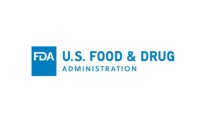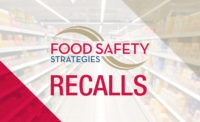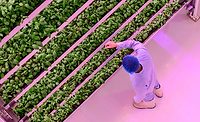FDA Releases Report Highlighting Salmonella Newport Outbreak in Red Onions

The U.S. Food and Drug Administration (FDA) has issued a report on its investigation of the Salmonella Newport outbreak that caused more than 1,600 reported illnesses in the U.S. and Canada between June and October 2020. The FDA worked with the U.S. Centers for Disease Control and Prevention, state partners, and Canadian officials (Public Health Agency of Canada and Canadian Food Inspection Agency) to investigate the outbreak, which was linked through epidemiology and traceback to whole red onions supplied by Thomson International Inc., headquartered in Bakersfield, California (Southern San Joaquin Valley). The outbreak is the largest Salmonella foodborne illness outbreak in over a decade. The report released includes an overview of the traceback investigation, subsequent on-site interviews, visual observations of the growing fields, environmental sampling, and various factors that potentially contributed to the contamination of red onions with Salmonella.
Although a conclusive root cause could not be identified, several potential contributing factors include:
- Potentially contaminated sources of irrigation water
- Sheep grazing on adjacent land
- Signs of animal intrusion, including scat (fecal droppings), and large flocks of birds that may spread contamination
- Food contact surfaces that had not been inspected, maintained, or cleaned as frequently as necessary to protect against the contamination of produce
After sampling, FDA found S. Newport in 10 water (irrigation, seepage, and drainage) and 1 sediment subsamples. However, the whole-genome sequencing of these samples did not match the outbreak strain.
In light of this report, FDA encourages all farms to:
- Assess growing operations to ensure implementation of appropriate science and risk-based preventive measures, including applicable provisions of FDA Food Safety Modernization Act Produce Safety Rule and good agricultural practices
- Implement industry-led, root-cause analyses to determine how the contamination likely occurred when pathogens are identified through preharvest or postharvest testing of produce or microbiological surveys
- Be aware of and consider the risks that may be posed by adjacent and nearby land uses, especially as it relates to the presence of livestock and the interface between farmland, rangeland, irrigation water, and other agricultural areas
- Consider additional tools such as preharvest and/or postharvest sampling and testing of products to help inform the risk assessment and clarify the need for specific prevention measures
- Improve traceability by increasing digitization, interoperability, and standardization of traceability records
- Follow Good Agricultural Practices to maintain and protect the quality of water sources
Thomson International Inc. cooperated with FDA throughout the investigation and is continuing to engage with FDA on the agency’s findings and recommendations.
Looking for a reprint of this article?
From high-res PDFs to custom plaques, order your copy today!





